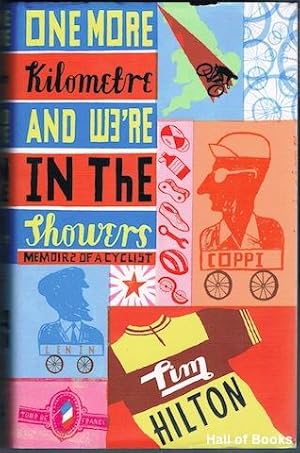That’s been the
mantra around our house the past few weeks as our family (me, my wife, and two
teenage sons, all winter commuters) once again gets accustomed to riding in
winter conditions. It’s been a good seven months since we negotiated icy roads,
and it’s amazing how easy it is to forget just how cautious winter cyclists
have to be when making turns—even with studded tires (which we all have).
In
the days following the first ice, I heard three different friends’ stories of
wipe-outs, all occurring on turns taken just a little too aggressively for the
conditions.
I find it takes a conscious effort to shift from the
mindless leaning into corners we do for three seasons of the year. Winter
cornering generally means slow-mo, ever-so-gradual turning—not a
single sweeping motion but rather a series of incremental micro turns and
corrections as you attempt to keep the bike at a 90 degree angle to the road. I
think of it as perpendicular cornering, an action both impossible and necessary. And
it’s almost as good for the core as planking.
Winter corners, winter corners. We say it to each other as
we leave the house. I say it to myself as I approach the first turns of my
commute, reminding myself to slow to a deliberate crawl as I attempt to change
directions.
Winter corners, I recently learned, is also a scrapbooking
term used for certain decorative touches in the corners of a page, usually some
variation of snowflakes or holly. Since learning this term, I’ve found myself picturing
my own scrapbook page, a variation of those “my-first-bike-ride” pages that
parents create to commemorate that milestone. Except my imaginary “My-Winter-Cycling”
page features a shot of me splayed out under my bike in a snow bank, having taken
an unseasonal corner—complete, of course, with festive snowflakey curlicues and scrolls
of holly along the edges of the page.

If you’re riding in winter conditions, be careful out there,
my friends. Winter corners, everyone. Winter corners.
 If you’re riding in winter conditions, be careful out there,
my friends. Winter corners, everyone. Winter corners.
If you’re riding in winter conditions, be careful out there,
my friends. Winter corners, everyone. Winter corners. 



